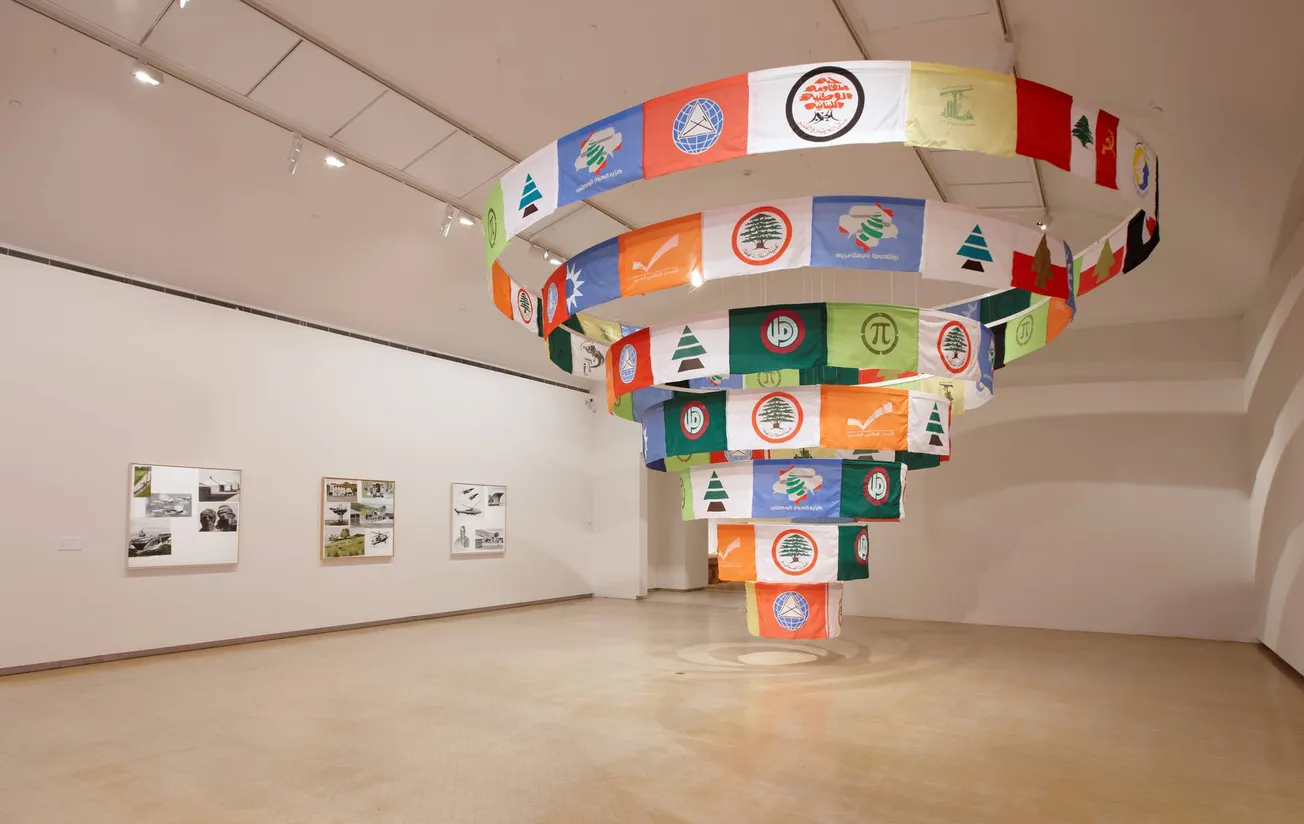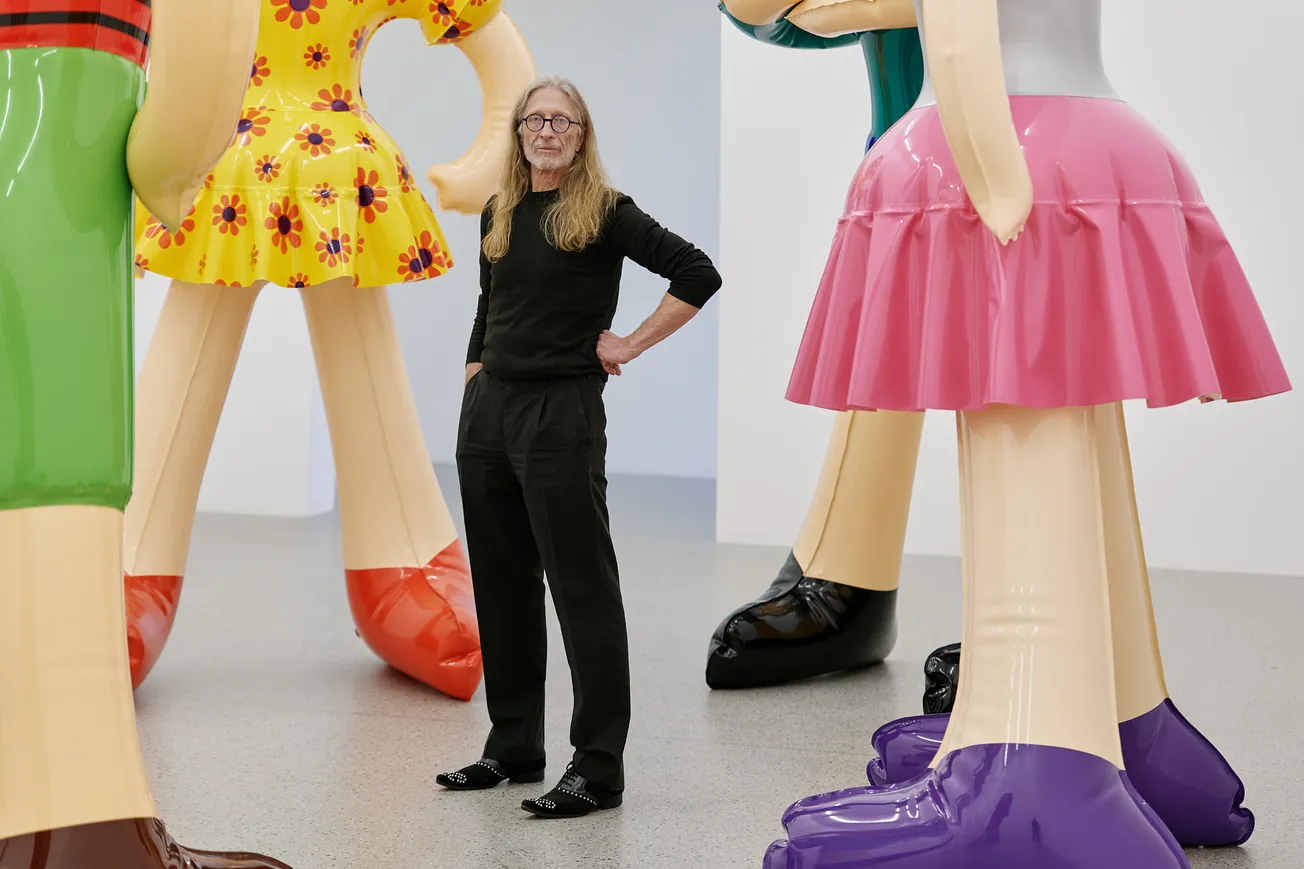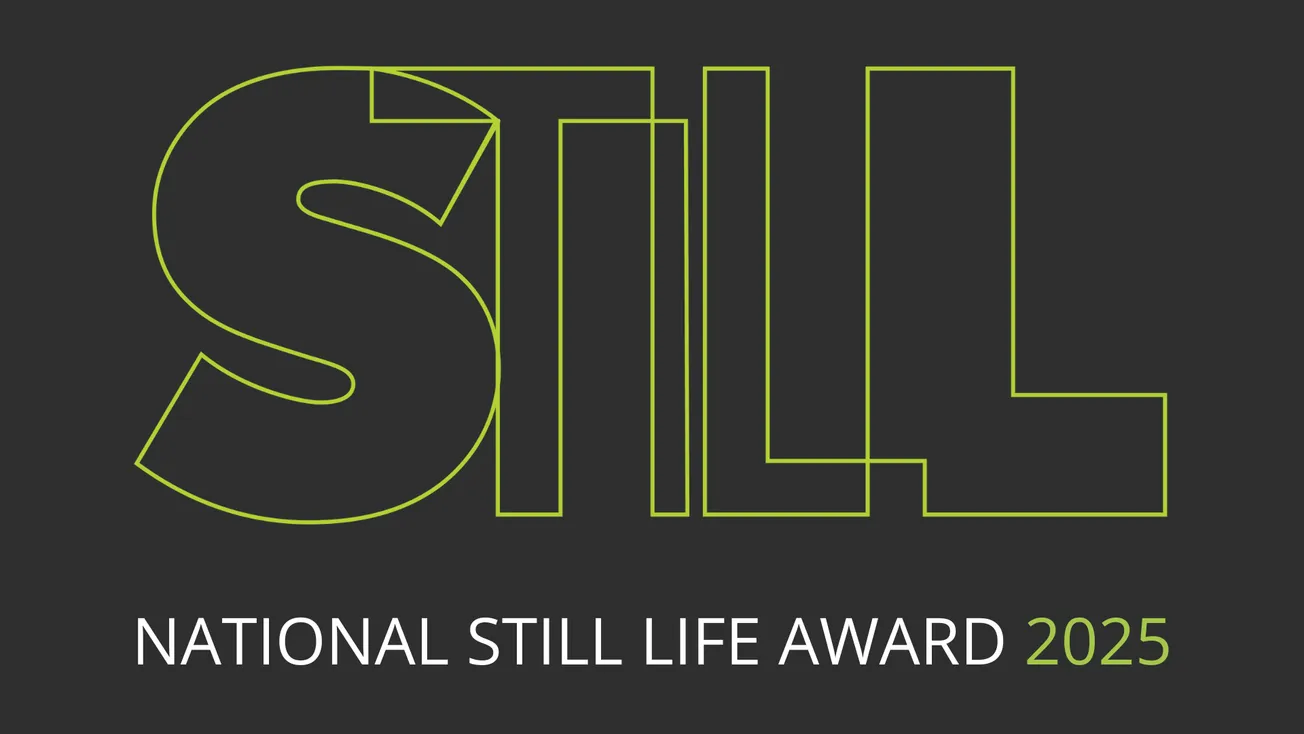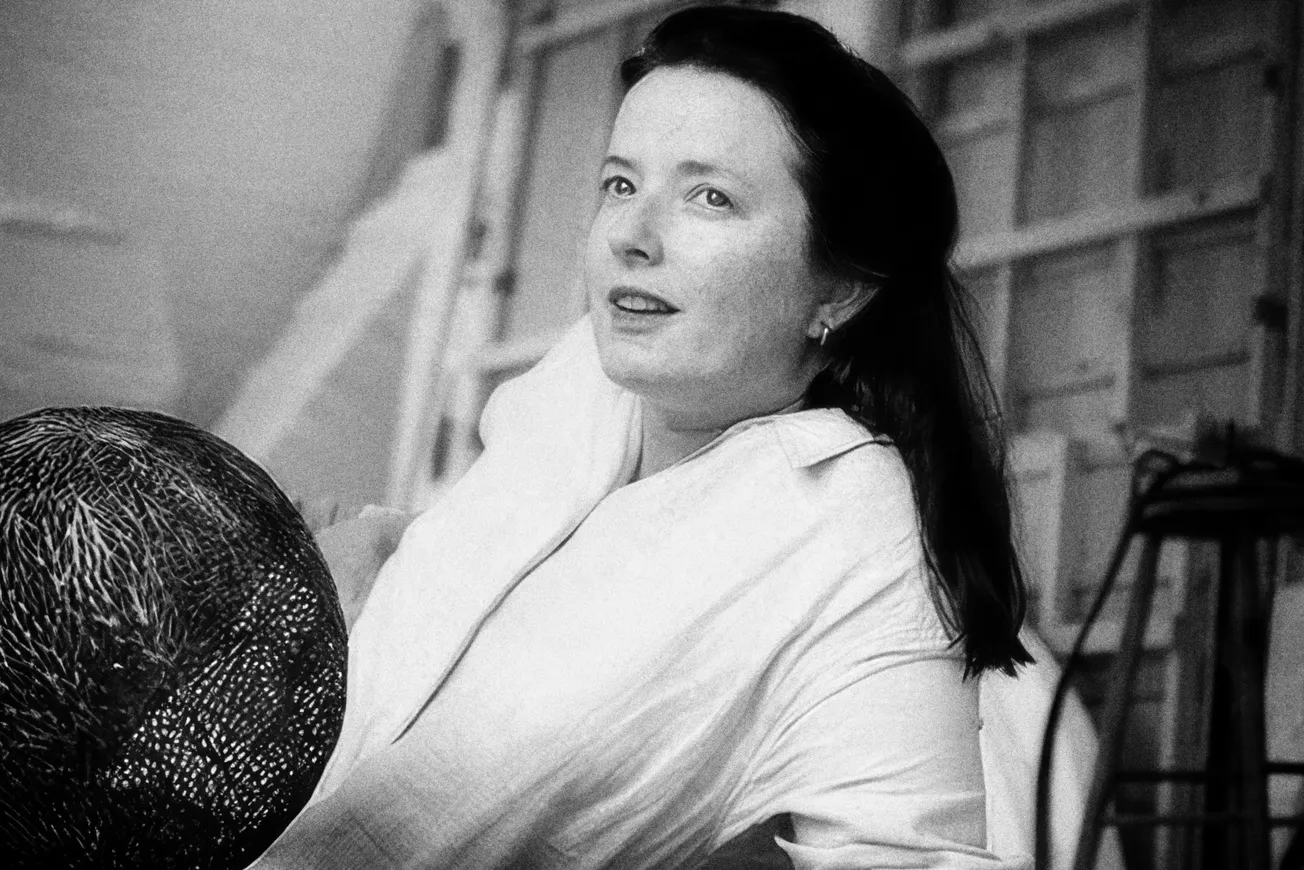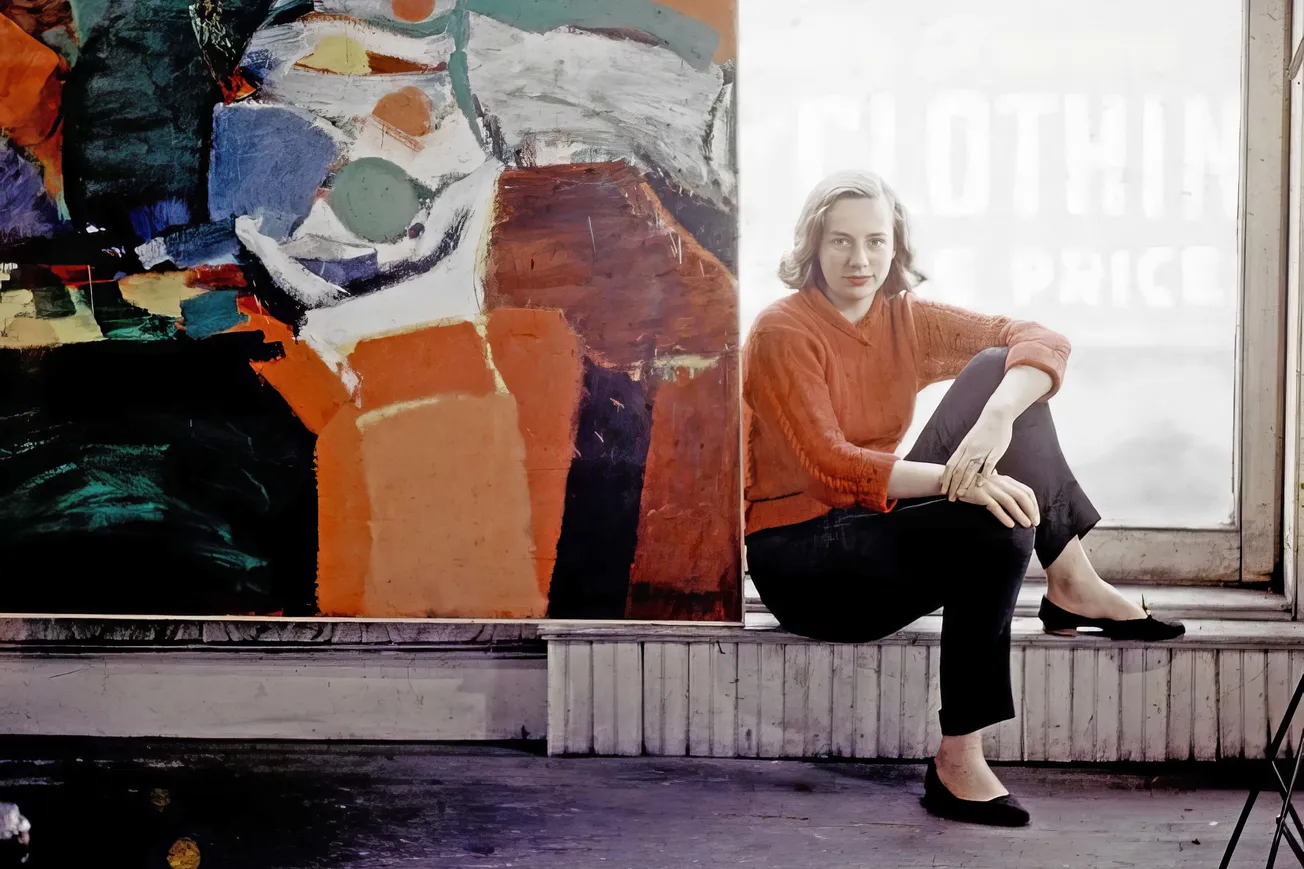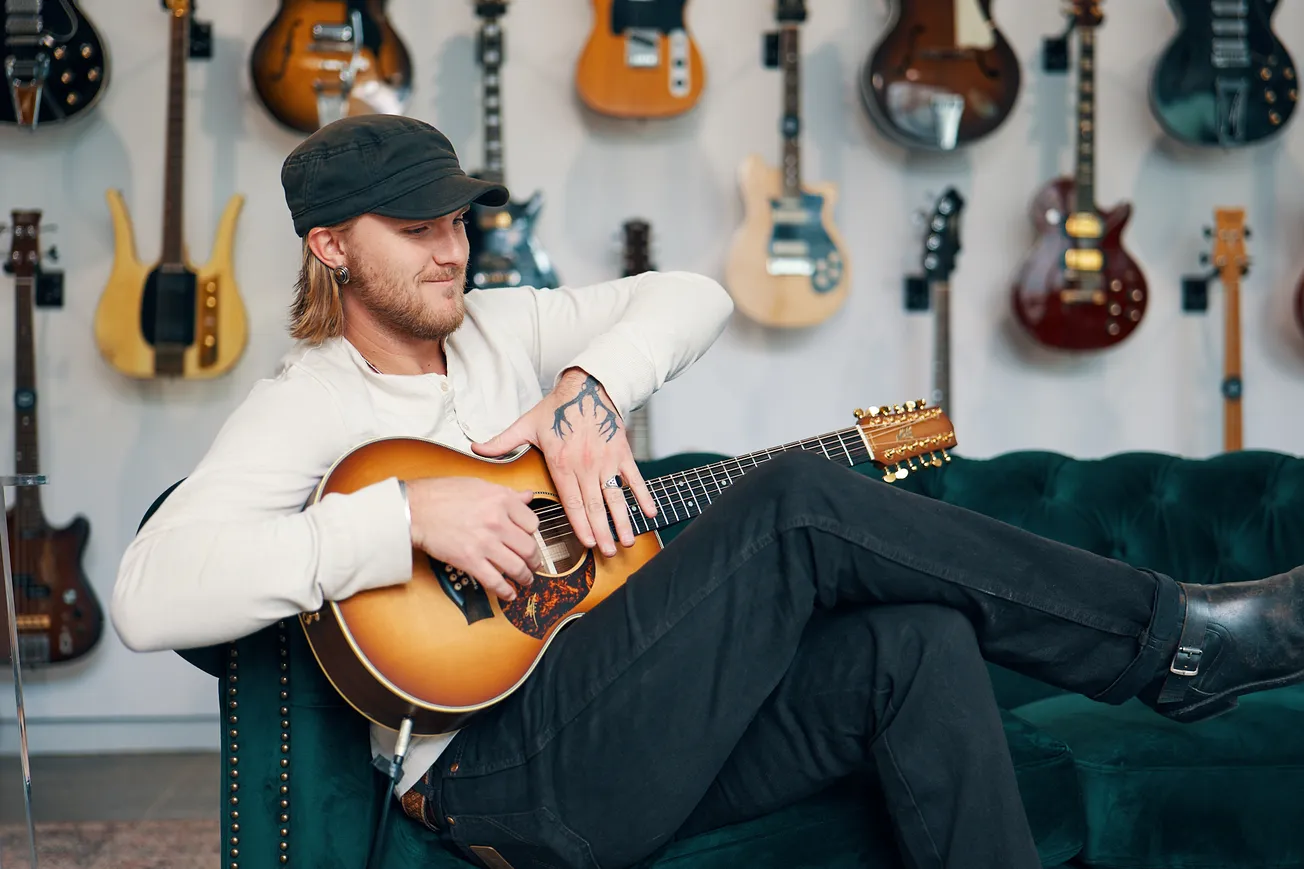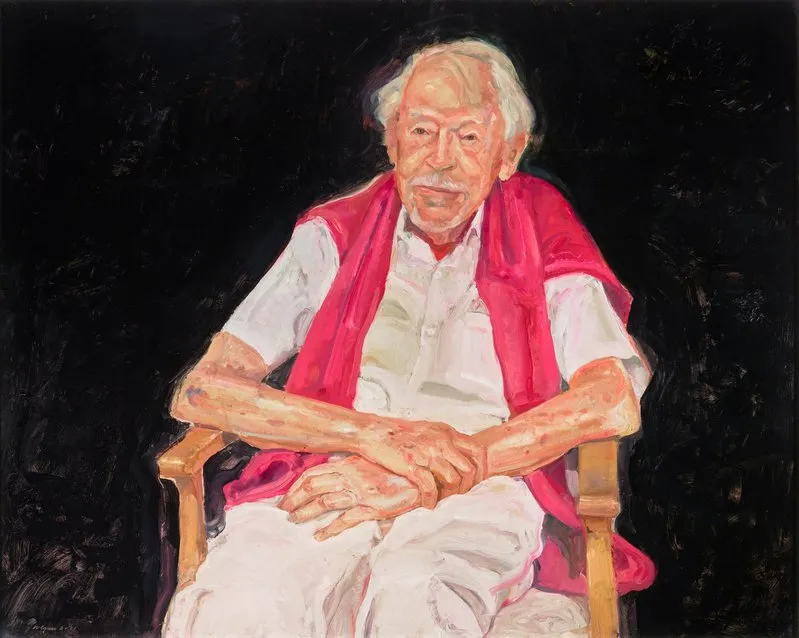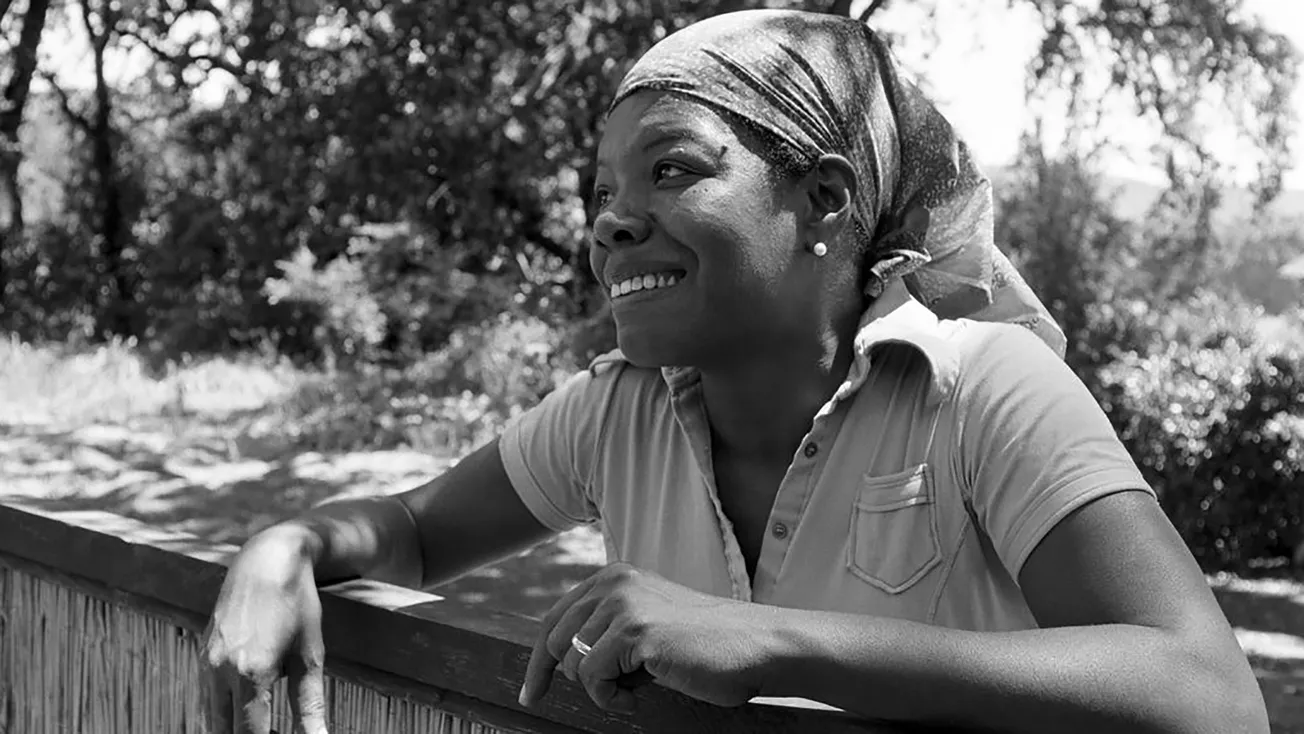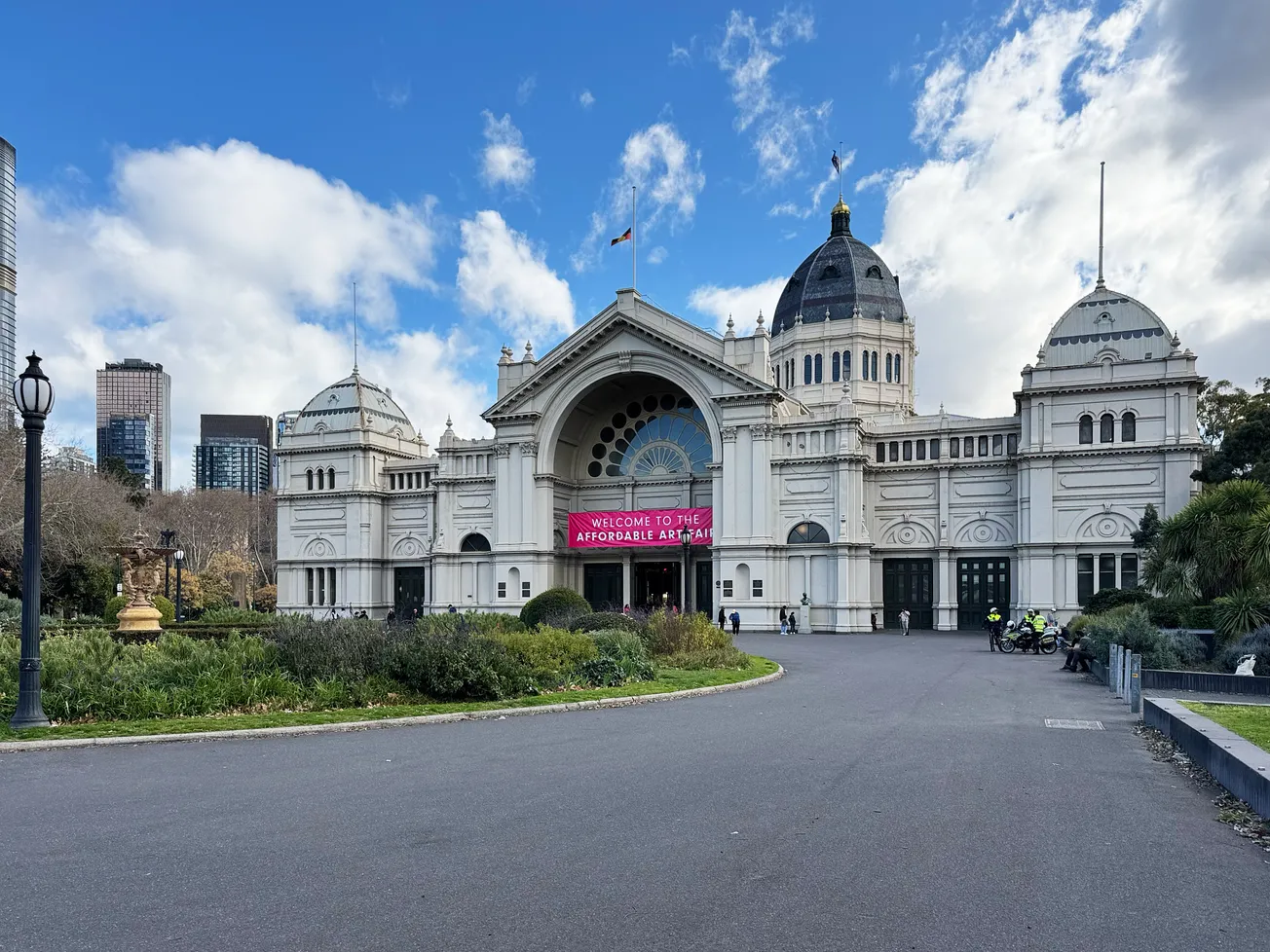Table of Contents
Khaled Sabsabi will represent Australia at the 2026 Venice Biennale, one of the world’s most renowned art events. His works explore identity, migration, and cultural connections. Through immersive installations, he helps audiences see different perspectives. Therefore, his selection highlights the strength of Australian contemporary art on a global stage.
The journey of Khaled Sabsabi
Sabsabi was born in Tripoli, Lebanon. In 1977, his family moved to Australia to escape the civil war. He grew up in Western Sydney, where cultural changes shaped his creative voice. First, he participated in the hip-hop scene under the name Peacefender. Later, he transitioned into the visual arts, using his experiences to explore themes of belonging and resilience.
His work challenges ideas about identity, religion, and politics. He has also exhibited at the Biennale of Sydney, the Shanghai Biennale, and the Marrakech Biennale. In 2022, A Hope, a retrospective at Campbelltown Arts Centre, showcased his most influential pieces. His art includes videos, mixed media, and installations, which create spaces for reflection and discussion. Furthermore, he has become a key figure in contemporary Australian art by blending personal stories with broader societal issues.
A strong collaboration
Khaled Sabsabi will collaborate with curator Michael Dagostino for the Venice Biennale. They have collaborated for over twenty years. Additionally, Dagostino, now the director of Chau Chak Wing Museum at the University of Sydney, has spent his career supporting artists. His expertise in curating major exhibitions will, in turn, help bring Khaled Sabsabi’s vision to life internationally.
While details of their exhibition are not yet public, Sabsabi has hinted at an interactive multimedia experience. He wants to bring people together and bridge cultural differences. He believes art can start conversations and create understanding. Consequently, his exhibition follows Archie Moore’s kith and kin, which won the Golden Lion at the 2024 Biennale. This next Australian contribution will undoubtedly strengthen the country’s presence in global art discussions.
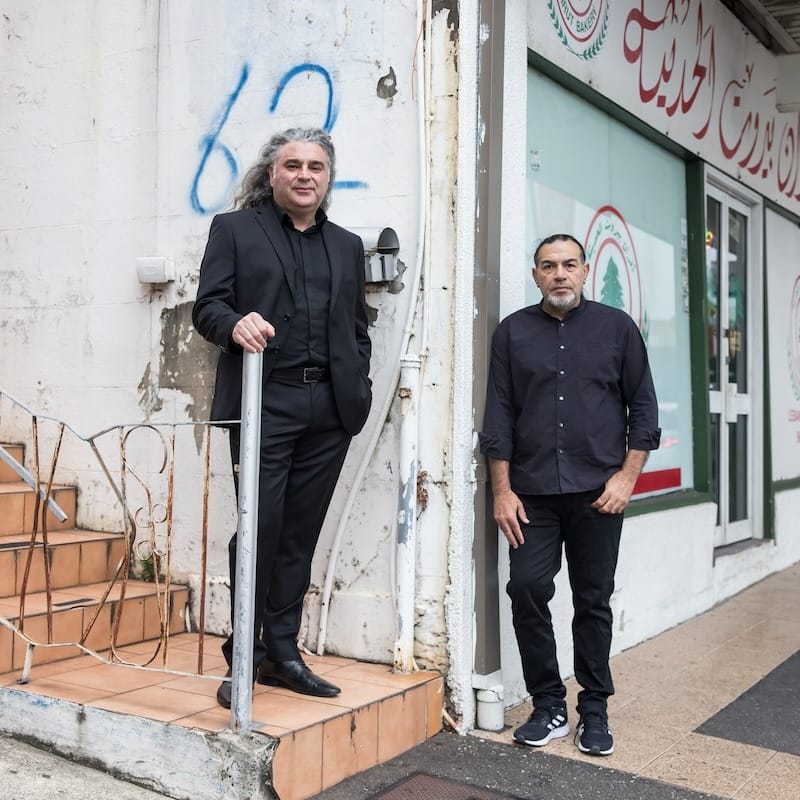
Exploring themes of connection and belonging
Khaled Sabsabi’s work connects cultures. More importantly, his art speaks to migration, identity, and the struggles of displaced communities. As someone who fled war as a child, he understands the emotions behind these themes. His installations often immerse audiences in layered sound and visuals, encouraging deep engagement.
His work doesn’t provide answers; instead, it raises questions. For example, what does it mean to belong? How do different cultures coexist? By asking these questions, he encourages a new way of thinking. Similarly, his past works have explored Sufi mysticism, community struggles, and merging personal history with global images. These themes make his selection for the Venice Biennale especially meaningful.
Looking ahead to 2026
The 2026 Venice Biennale runs from April until November. It is an essential stage for artists to reach global audiences. In addition, Sabsabi’s participation reinforces Australia’s role in contemporary art. His work is deeply personal and universally relevant, and his Lebanese-Australian perspective adds an essential voice to international conversations.
Many are eager to see what Khaled Sabsabi and Michael Dagostino will create. Their exhibition will contribute to the Biennale and shape discussions on migration, cultural identity, and human connection. In a world where divisions are growing, Sabsabi’s message of unity through art is more important than ever.
Audiences can expect a thought-provoking, immersive, and emotionally engaging exhibition. Most importantly, his selection for the Venice Biennale confirms his impact on contemporary art. His work will reach people far beyond Australia’s borders. As 2026 approaches, excitement continues to grow for what promises to be a defining moment for Australian art on the world stage.

